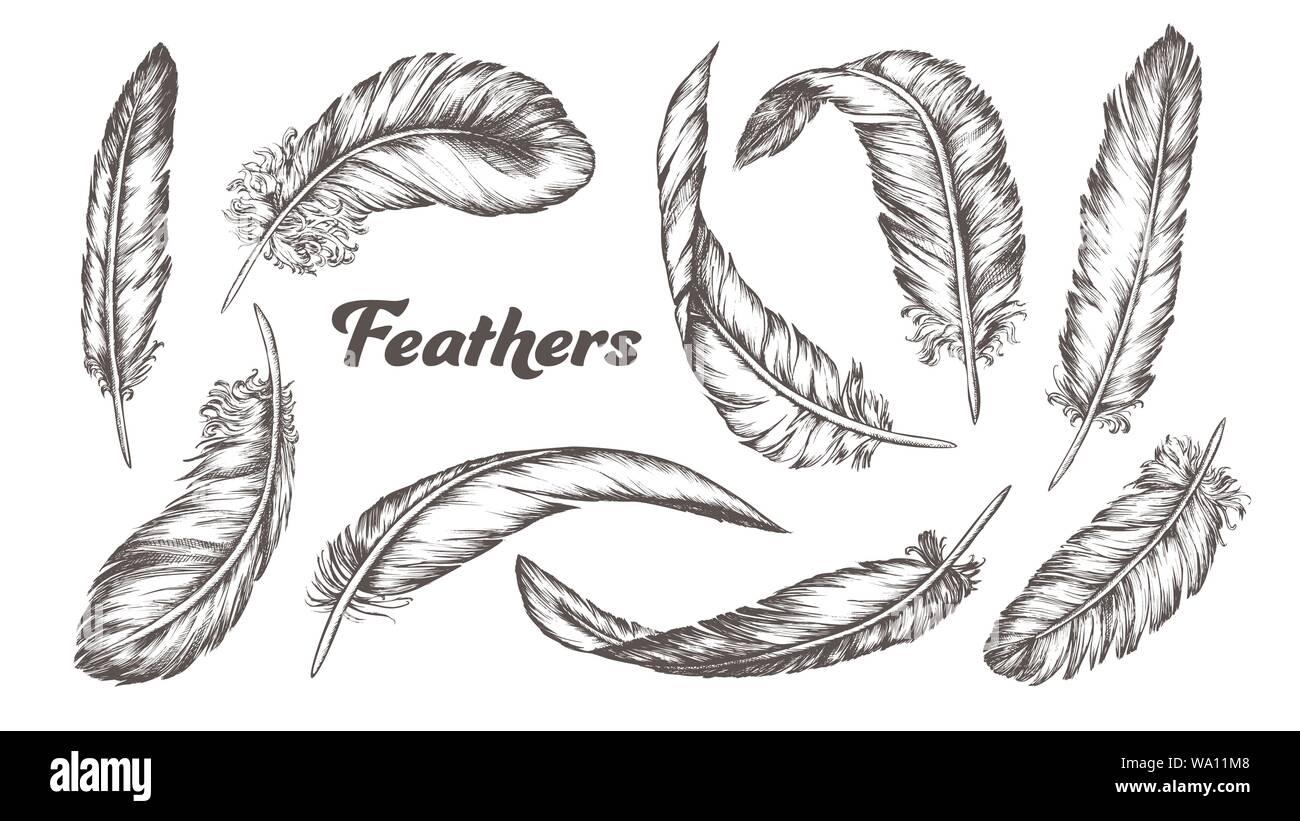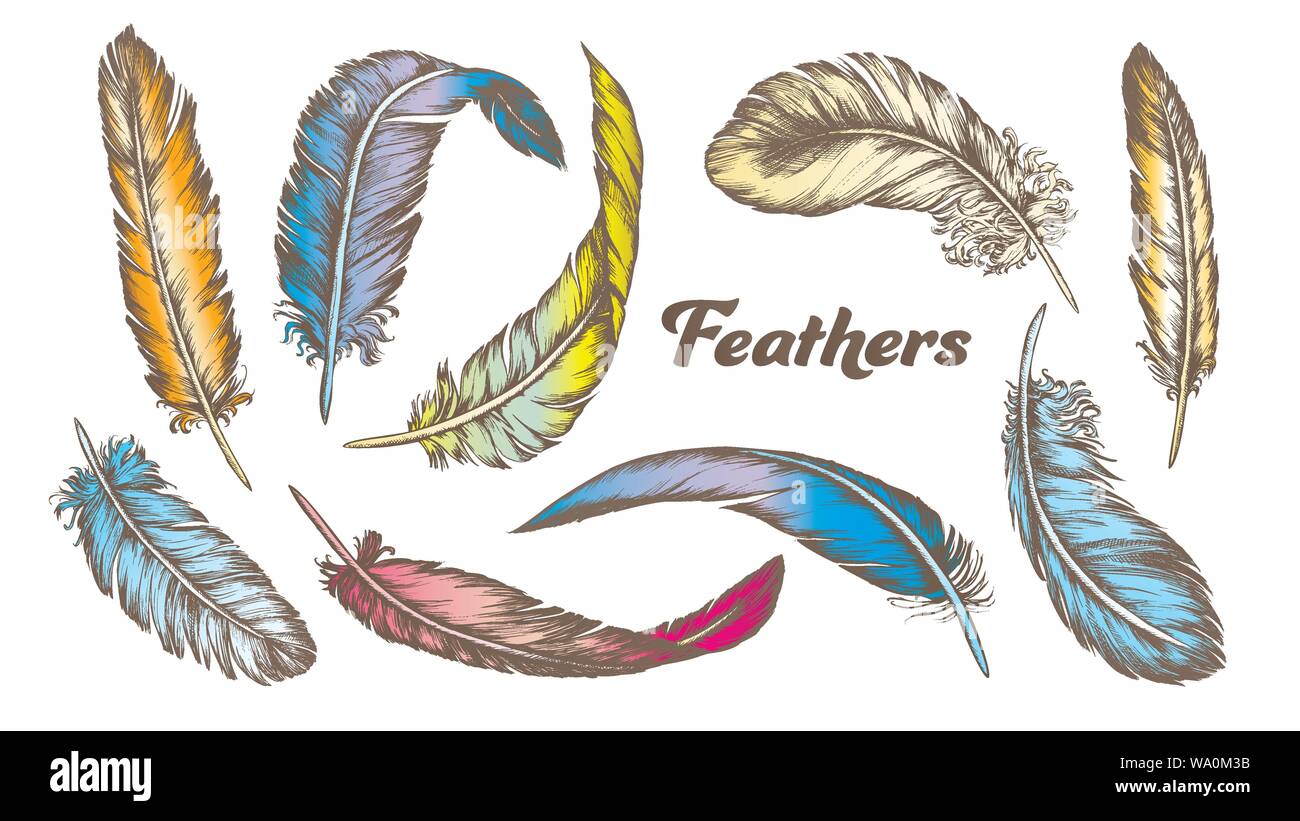Epidermal growths Cut Out Stock Images
 . The origin of a land flora, a theory based upon the facts of alternation. Plant morphology. 54 ALTERNATING GENERATIONS Funaria, Brizi),1 and from various species of Ferns belonging to the Hymenophyllaceae and Polypodiaceae,2 but no examples are on record from the Lycopodiales or Equisetales. Those cells which would in the normal course produce the spores take no part in the formation of the gametophytic growths. In Anthoceros the origin of these is commonly from sub-epidermal cells: in the Mosses from the cells of the seta, or of the sporogonial wall; while in Ferns the archesporial cell if Stock Photohttps://www.alamy.com/image-license-details/?v=1https://www.alamy.com/the-origin-of-a-land-flora-a-theory-based-upon-the-facts-of-alternation-plant-morphology-54-alternating-generations-funaria-brizi1-and-from-various-species-of-ferns-belonging-to-the-hymenophyllaceae-and-polypodiaceae2-but-no-examples-are-on-record-from-the-lycopodiales-or-equisetales-those-cells-which-would-in-the-normal-course-produce-the-spores-take-no-part-in-the-formation-of-the-gametophytic-growths-in-anthoceros-the-origin-of-these-is-commonly-from-sub-epidermal-cells-in-the-mosses-from-the-cells-of-the-seta-or-of-the-sporogonial-wall-while-in-ferns-the-archesporial-cell-if-image232309390.html
. The origin of a land flora, a theory based upon the facts of alternation. Plant morphology. 54 ALTERNATING GENERATIONS Funaria, Brizi),1 and from various species of Ferns belonging to the Hymenophyllaceae and Polypodiaceae,2 but no examples are on record from the Lycopodiales or Equisetales. Those cells which would in the normal course produce the spores take no part in the formation of the gametophytic growths. In Anthoceros the origin of these is commonly from sub-epidermal cells: in the Mosses from the cells of the seta, or of the sporogonial wall; while in Ferns the archesporial cell if Stock Photohttps://www.alamy.com/image-license-details/?v=1https://www.alamy.com/the-origin-of-a-land-flora-a-theory-based-upon-the-facts-of-alternation-plant-morphology-54-alternating-generations-funaria-brizi1-and-from-various-species-of-ferns-belonging-to-the-hymenophyllaceae-and-polypodiaceae2-but-no-examples-are-on-record-from-the-lycopodiales-or-equisetales-those-cells-which-would-in-the-normal-course-produce-the-spores-take-no-part-in-the-formation-of-the-gametophytic-growths-in-anthoceros-the-origin-of-these-is-commonly-from-sub-epidermal-cells-in-the-mosses-from-the-cells-of-the-seta-or-of-the-sporogonial-wall-while-in-ferns-the-archesporial-cell-if-image232309390.htmlRMRDXGYX–. The origin of a land flora, a theory based upon the facts of alternation. Plant morphology. 54 ALTERNATING GENERATIONS Funaria, Brizi),1 and from various species of Ferns belonging to the Hymenophyllaceae and Polypodiaceae,2 but no examples are on record from the Lycopodiales or Equisetales. Those cells which would in the normal course produce the spores take no part in the formation of the gametophytic growths. In Anthoceros the origin of these is commonly from sub-epidermal cells: in the Mosses from the cells of the seta, or of the sporogonial wall; while in Ferns the archesporial cell if
 . Fossil plants : for students of botany and geology . Paleobotany. 548 CYCADOPHYTAN FEONDS [CH. the lower surface. There are approximately 120 stomata per square miUimetre; each with two subsidiary cells (fig. 609, C) of elongated form, and the guard-cells have small thickened out- growths or papiUae as in D. Johnstrwpi. The epidermal features are described under D. Johnstrwpi and D. Hawelli (fig. 609, C). a fuller account of those in the latter species will be foxmd in the paper by Mr Thomas and Miss Bancroft.. Fig. 609. Dictyozai/iites HnwelU. (A, B, British .Museum; C. after Thomas and Ban Stock Photohttps://www.alamy.com/image-license-details/?v=1https://www.alamy.com/fossil-plants-for-students-of-botany-and-geology-paleobotany-548-cycadophytan-feonds-ch-the-lower-surface-there-are-approximately-120-stomata-per-square-miuimetre-each-with-two-subsidiary-cells-fig-609-c-of-elongated-form-and-the-guard-cells-have-small-thickened-out-growths-or-papiuae-as-in-d-johnstrwpi-the-epidermal-features-are-described-under-d-johnstrwpi-and-d-hawelli-fig-609-c-a-fuller-account-of-those-in-the-latter-species-will-be-foxmd-in-the-paper-by-mr-thomas-and-miss-bancroft-fig-609-dictyozaiiites-hnwelu-a-b-british-museum-c-after-thomas-and-ban-image216363775.html
. Fossil plants : for students of botany and geology . Paleobotany. 548 CYCADOPHYTAN FEONDS [CH. the lower surface. There are approximately 120 stomata per square miUimetre; each with two subsidiary cells (fig. 609, C) of elongated form, and the guard-cells have small thickened out- growths or papiUae as in D. Johnstrwpi. The epidermal features are described under D. Johnstrwpi and D. Hawelli (fig. 609, C). a fuller account of those in the latter species will be foxmd in the paper by Mr Thomas and Miss Bancroft.. Fig. 609. Dictyozai/iites HnwelU. (A, B, British .Museum; C. after Thomas and Ban Stock Photohttps://www.alamy.com/image-license-details/?v=1https://www.alamy.com/fossil-plants-for-students-of-botany-and-geology-paleobotany-548-cycadophytan-feonds-ch-the-lower-surface-there-are-approximately-120-stomata-per-square-miuimetre-each-with-two-subsidiary-cells-fig-609-c-of-elongated-form-and-the-guard-cells-have-small-thickened-out-growths-or-papiuae-as-in-d-johnstrwpi-the-epidermal-features-are-described-under-d-johnstrwpi-and-d-hawelli-fig-609-c-a-fuller-account-of-those-in-the-latter-species-will-be-foxmd-in-the-paper-by-mr-thomas-and-miss-bancroft-fig-609-dictyozaiiites-hnwelu-a-b-british-museum-c-after-thomas-and-ban-image216363775.htmlRMPG065K–. Fossil plants : for students of botany and geology . Paleobotany. 548 CYCADOPHYTAN FEONDS [CH. the lower surface. There are approximately 120 stomata per square miUimetre; each with two subsidiary cells (fig. 609, C) of elongated form, and the guard-cells have small thickened out- growths or papiUae as in D. Johnstrwpi. The epidermal features are described under D. Johnstrwpi and D. Hawelli (fig. 609, C). a fuller account of those in the latter species will be foxmd in the paper by Mr Thomas and Miss Bancroft.. Fig. 609. Dictyozai/iites HnwelU. (A, B, British .Museum; C. after Thomas and Ban
 Collection of Different Feathers Set Ink Vector Stock Vectorhttps://www.alamy.com/image-license-details/?v=1https://www.alamy.com/collection-of-different-feathers-set-ink-vector-image264325384.html
Collection of Different Feathers Set Ink Vector Stock Vectorhttps://www.alamy.com/image-license-details/?v=1https://www.alamy.com/collection-of-different-feathers-set-ink-vector-image264325384.htmlRFWA11M8–Collection of Different Feathers Set Ink Vector
 . Fossil plants : for students of botany and geology . Paleobotany. 548 CYCADOPHYTAN FEONDS [CH. the lower surface. There are approximately 120 stomata per square miUimetre; each with two subsidiary cells (fig. 609, C) of elongated form, and the guard-cells have small thickened out- growths or papiUae as in D. Johnstrwpi. The epidermal features are described under D. Johnstrwpi and D. Hawelli (fig. 609, C). a fuller account of those in the latter species will be foxmd in the paper by Mr Thomas and Miss Bancroft.. Fig. 609. Dictyozai/iites HnwelU. (A, B, British .Museum; C. after Thomas and Ban Stock Photohttps://www.alamy.com/image-license-details/?v=1https://www.alamy.com/fossil-plants-for-students-of-botany-and-geology-paleobotany-548-cycadophytan-feonds-ch-the-lower-surface-there-are-approximately-120-stomata-per-square-miuimetre-each-with-two-subsidiary-cells-fig-609-c-of-elongated-form-and-the-guard-cells-have-small-thickened-out-growths-or-papiuae-as-in-d-johnstrwpi-the-epidermal-features-are-described-under-d-johnstrwpi-and-d-hawelli-fig-609-c-a-fuller-account-of-those-in-the-latter-species-will-be-foxmd-in-the-paper-by-mr-thomas-and-miss-bancroft-fig-609-dictyozaiiites-hnwelu-a-b-british-museum-c-after-thomas-and-ban-image232040584.html
. Fossil plants : for students of botany and geology . Paleobotany. 548 CYCADOPHYTAN FEONDS [CH. the lower surface. There are approximately 120 stomata per square miUimetre; each with two subsidiary cells (fig. 609, C) of elongated form, and the guard-cells have small thickened out- growths or papiUae as in D. Johnstrwpi. The epidermal features are described under D. Johnstrwpi and D. Hawelli (fig. 609, C). a fuller account of those in the latter species will be foxmd in the paper by Mr Thomas and Miss Bancroft.. Fig. 609. Dictyozai/iites HnwelU. (A, B, British .Museum; C. after Thomas and Ban Stock Photohttps://www.alamy.com/image-license-details/?v=1https://www.alamy.com/fossil-plants-for-students-of-botany-and-geology-paleobotany-548-cycadophytan-feonds-ch-the-lower-surface-there-are-approximately-120-stomata-per-square-miuimetre-each-with-two-subsidiary-cells-fig-609-c-of-elongated-form-and-the-guard-cells-have-small-thickened-out-growths-or-papiuae-as-in-d-johnstrwpi-the-epidermal-features-are-described-under-d-johnstrwpi-and-d-hawelli-fig-609-c-a-fuller-account-of-those-in-the-latter-species-will-be-foxmd-in-the-paper-by-mr-thomas-and-miss-bancroft-fig-609-dictyozaiiites-hnwelu-a-b-british-museum-c-after-thomas-and-ban-image232040584.htmlRMRDEA3M–. Fossil plants : for students of botany and geology . Paleobotany. 548 CYCADOPHYTAN FEONDS [CH. the lower surface. There are approximately 120 stomata per square miUimetre; each with two subsidiary cells (fig. 609, C) of elongated form, and the guard-cells have small thickened out- growths or papiUae as in D. Johnstrwpi. The epidermal features are described under D. Johnstrwpi and D. Hawelli (fig. 609, C). a fuller account of those in the latter species will be foxmd in the paper by Mr Thomas and Miss Bancroft.. Fig. 609. Dictyozai/iites HnwelU. (A, B, British .Museum; C. after Thomas and Ban
